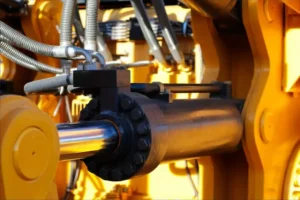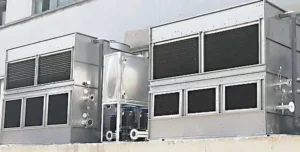Aluminium yang meleleh memerlukan penanganan yang hati-hati dan peralatan yang tepat karena titik lelehnya yang tinggi dan bahaya yang terkait dengan lelehan logam. Berikut panduan umum tentang cara melebur aluminium dengan aman.
Peralatan dan Bahan
- Potongan aluminium (bersih dan bebas dari kontaminan)
- Percobaan (terbuat dari grafit atau bahan bersuhu tinggi lainnya)
- Tungku atau pengecoran (propana atau listrik)
- Perlengkapan pelindung (sarung tangan, pelindung wajah, celemek, dan pakaian tahan panas)
- Penjepit (untuk menangani wadahnya)
- Aliran (untuk menghilangkan kotoran)
- Cetakan (untuk menuang aluminium leleh)
Langkah-Langkah Melelehkan Aluminium
- Keamanan Pertama:
- Kenakan alat pelindung diri yang sesuai.
- Pastikan Anda bekerja di area yang berventilasi baik, idealnya di luar ruangan.
- Siapkan Tungku:
- Jika menggunakan tungku propana, sambungkan tangki propana dan nyalakan tungku.
- Jika menggunakan tungku listrik, atur ke suhu yang diperlukan (660°C atau 1220 °F untuk aluminium).
- Tempatkan Aluminium di Wadah:
- Masukkan sisa aluminium ke dalam wadah. Pastikan wadahnya bersih dan bebas dari kelembapan untuk menghindari ledakan uap yang berbahaya.
- Panaskan Wadahnya:
- Tempatkan wadah di dalam tungku.
- Pantau suhunya dan tunggu hingga aluminium meleleh. Ini mungkin memerlukan waktu, tergantung pada tungku dan jumlah aluminium.
- Tambahkan Fluks:
- Setelah aluminium mulai meleleh, tambahkan fluks untuk membantu menghilangkan kotoran. Aduk perlahan dengan alat tahan panas.
- Hapus Terak:
- Saat aluminium meleleh sepenuhnya, lapisan terak (kotoran) akan terbentuk di atas. Gunakan alat skimming untuk menghilangkan terak.
- Tuang Aluminium Cair:
- Gunakan penjepit dengan hati-hati untuk mengangkat wadah dari tungku.
- Tuang aluminium cair ke dalam cetakan. Lakukan ini secara perlahan dan mantap untuk menghindari percikan.
- Dinginkan dan Padatkan:
- Biarkan aluminium mendingin dan mengeras di dalam cetakan.
- Setelah benar-benar dingin, lepaskan pengecoran aluminium padat dari cetakan.
Kiat
- Selalu berhati-hati saat menangani logam cair untuk menghindari luka bakar dan cedera.
- Pastikan area kerja Anda bebas dari bahan yang mudah terbakar.
- Jangan sekali-kali menggunakan cetakan atau wadah basah karena kelembapan dapat menyebabkan ledakan berbahaya jika bersentuhan dengan aluminium cair.
Pembuangan dan Pembersihan
- Buang terak dan aluminium yang tidak terpakai dengan aman.
- Bersihkan wadah dan peralatan secara menyeluruh setelah digunakan untuk mencegah kontaminasi pada lelehan berikutnya.
Dengan mengikuti langkah-langkah dan tindakan pencegahan keselamatan ini, Anda dapat melelehkan aluminium secara efektif dan aman untuk berbagai proyek.







